They bite, buzz, and crash your picnic—but some of them are downright stunning. Summer insects get a bad rap, and sure, a few deserve it. But in the middle of all the swatting and itching, there are flashes of color, shimmer, and unexpected beauty. From jewel-toned beetles to delicate lacewings, the skies and gardens are full of tiny creatures that sparkle like living art. You just have to look past the nuisance—and maybe a few itchy bites. Here are 12 summer insects that might bug you, but they just might win you over with their beauty.
Monarch Butterfly
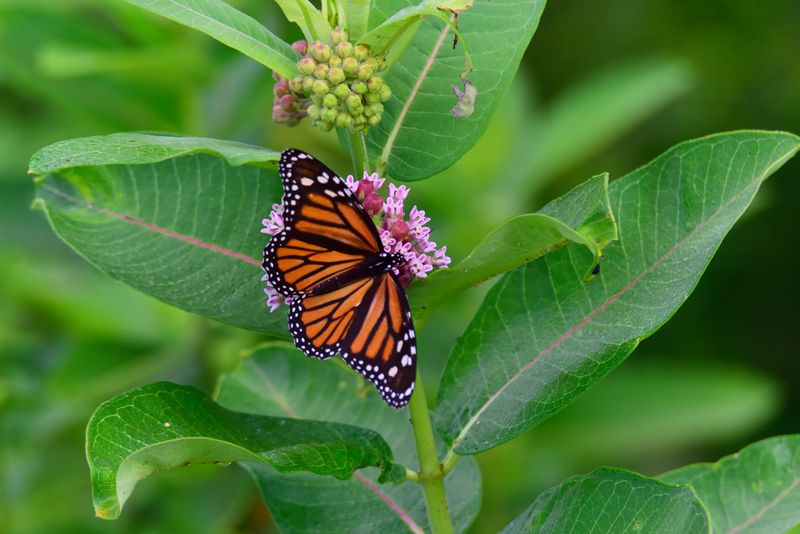
The Monarch Butterfly is a stunning spectacle of orange and black that graces many gardens. Known for its long migratory journey from North America to central Mexico, it inspires awe among nature enthusiasts. These butterflies are vital pollinators, contributing to the health of countless ecosystems. However, their beauty belies their fragile existence, threatened by habitat loss.
While they flutter gracefully, Monarchs can sometimes be seen in large numbers, creating a spectacle. Despite their delicate appearance, they are hardy travelers, capable of covering great distances in their lifetime. Truly, a marvel of nature’s design.
Luna Moth
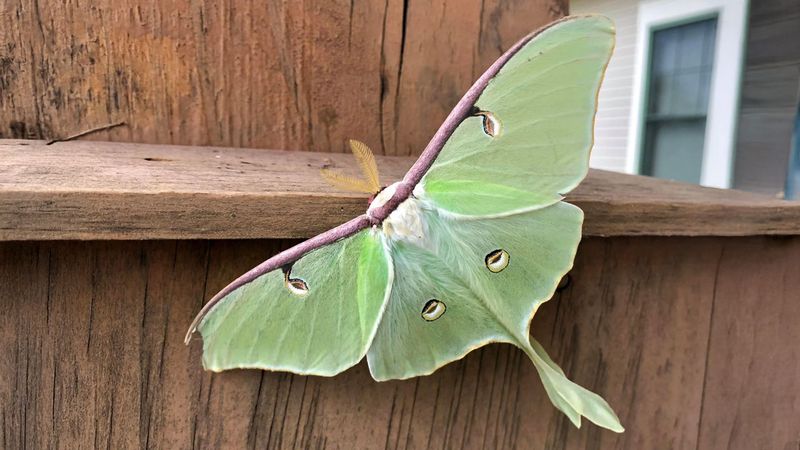
With its ethereal green wings and elegant tails, the Luna Moth is a nighttime wonder. Its name, derived from the Latin word for moon, reflects its lunar-like glow. These moths, though short-lived, leave an indelible impression with their almost mystical appearance.
During their brief adult life, Luna Moths do not eat, focusing solely on reproduction. This fasting period underscores their transient nature in the insect world. Their presence is a gentle reminder of nature’s fleeting beauty, often seen fluttering around porch lights in the quiet of night.
Firefly
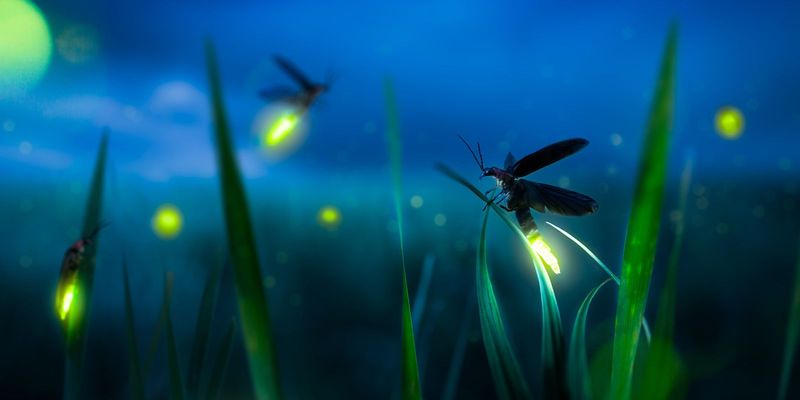
Glowing like tiny lanterns, fireflies illuminate summer nights with their enchanting bioluminescence. These insects communicate through light, creating a mesmerizing dance of flickering signals. Their glow is not just for beauty; it’s a crucial part of their mating ritual.
Often associated with warm, nostalgic summer evenings, fireflies captivate children and adults alike. Yet, their numbers are dwindling, affected by habitat loss and pollution. Despite their small size, fireflies demand attention with their brilliant displays, making them a cherished part of summer evenings.
Praying Mantis
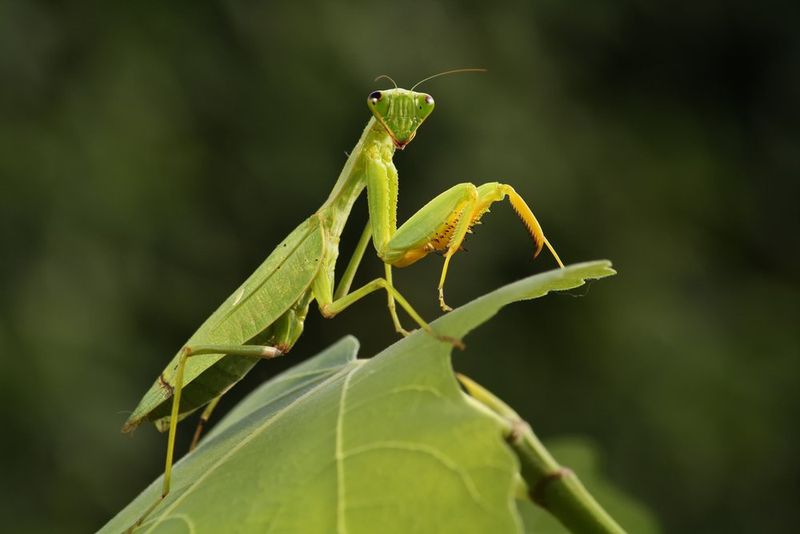
The Praying Mantis, with its iconic folded arms, is both a predator and a beauty. Its elongated body and triangular head enable it to blend seamlessly into foliage, making it an efficient hunter. Known for its ‘prayer-like’ stance, this insect is a symbol of patience and precision.
Though they can be startling when encountered up close, mantises are beneficial in gardens, controlling pest populations. Their presence is a testament to nature’s balance, where grace meets predation. Observing a mantis can be a meditative experience, offering insights into the natural world’s intricacies.
Dragonfly
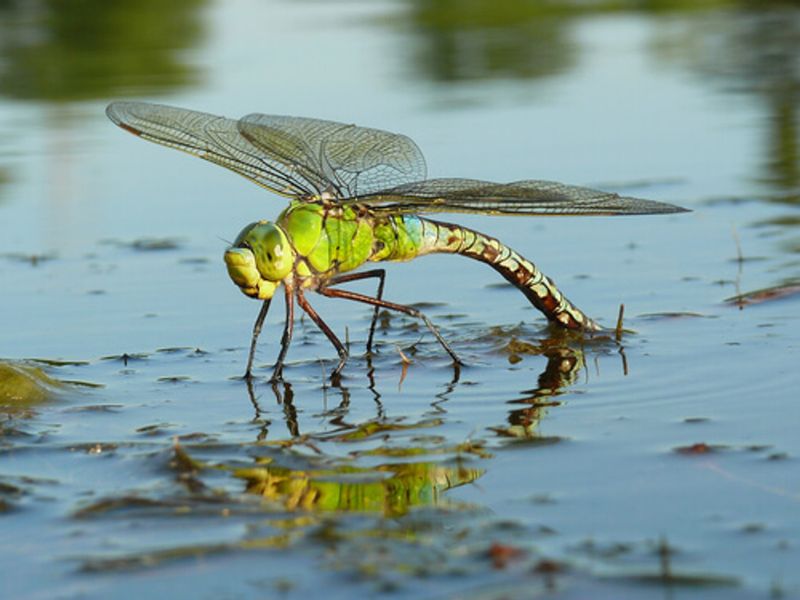
Dragonflies are aerial acrobats, dazzling with their iridescent wings and agile flight. These ancient insects, with a lineage dating back millions of years, are symbols of change and adaptability. Their ability to hover and dart with precision is a testament to their evolutionary success.
In gardens and near water bodies, dragonflies control mosquito populations, acting as natural pest managers. Their presence signifies a healthy ecosystem. Observing a dragonfly’s flight can be mesmerizing, as they gracefully navigate air currents with ease. They remind us of the wonders of evolution and adaptability.
Cicada
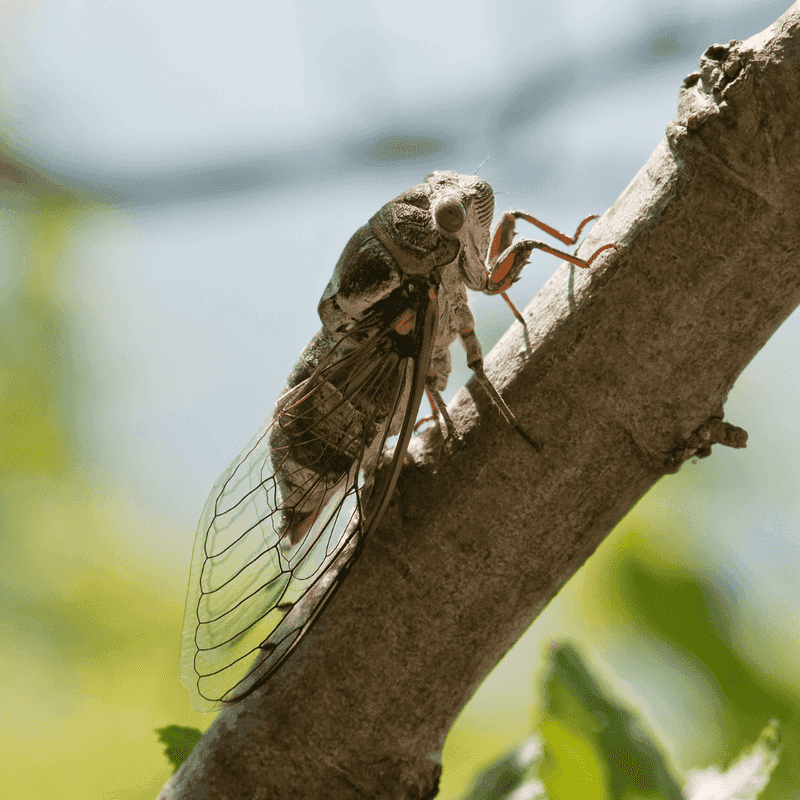
Cicadas, with their distinctive drone, are the soundtrack of summer. Emerging in cycles, these insects are known for their loud, rhythmic calls that fill the air. Their life cycle, mostly spent underground, culminates in a brief, noisy emergence.
While their sound can be overwhelming, cicadas are harmless and play a crucial role in aerating the soil and serving as food for various animals. Their sudden appearance and departure are reminders of nature’s rhythms. Though they might seem like a summer nuisance, they are indispensable participants in the ecological dance.
Ladybug
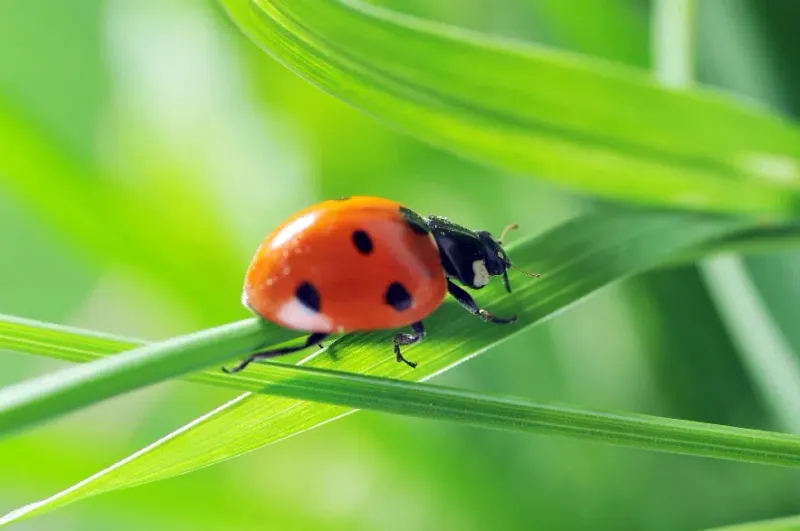
The Ladybug, with its vivid red shell and black spots, is a garden favorite. Symbolizing luck and protection in various cultures, they are beloved by gardeners for their role in controlling aphid populations. Their cheerful appearance and helpful nature make them a symbol of good fortune.
Despite their small size, ladybugs are voracious predators, contributing significantly to pest management. Watching a ladybug in action is witnessing nature’s delicate balance in action. With their endearing look and beneficial presence, ladybugs are a delightful sight in summer gardens.
Swallowtail Butterfly
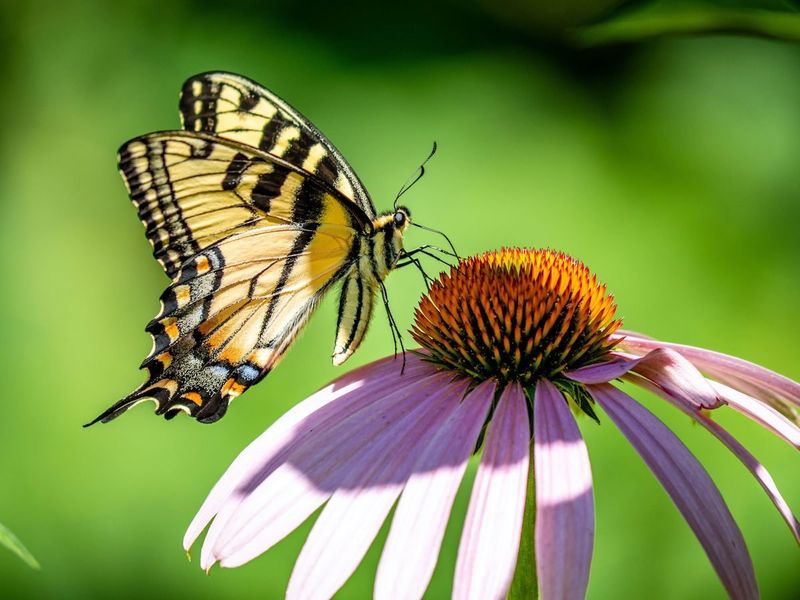
Swallowtail Butterflies, with their vibrant wings and distinctive tails, add color to any summer scene. Their graceful flight and striking patterns make them a favorite among butterfly watchers. These butterflies are known for their ability to adapt to various environments, showcasing nature’s versatility.
Feeding on nectar, swallowtails play an essential role in pollination, supporting the health of ecosystems. Their presence in gardens and meadows is a visual delight, inviting observers to pause and appreciate the intricate details of their wings. Swallowtails are ambassadors of summer’s vibrant diversity.
June Beetle
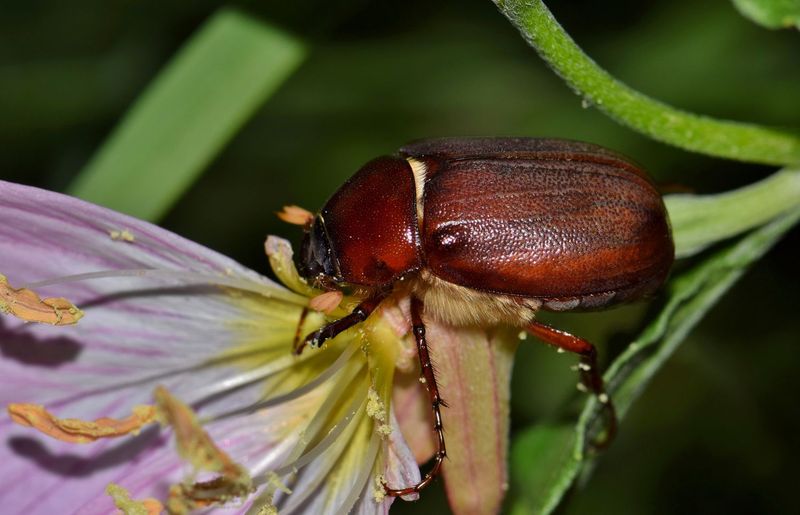
June Beetles, with their glossy brown shells, are familiar summer visitors. Known for their clumsy flight and attraction to lights, they often become unintentional house guests. Despite their slightly annoying habits, they play an important role in the ecosystem.
As decomposers, June Beetles help recycle nutrients back into the soil, supporting plant growth. Their presence is a reminder of nature’s cycles and the interconnectedness of all living things. Observing a June Beetle offers insight into the lesser-known aspects of natural ecosystems. They are essential, if occasionally bothersome, contributors to biodiversity.
Katydid
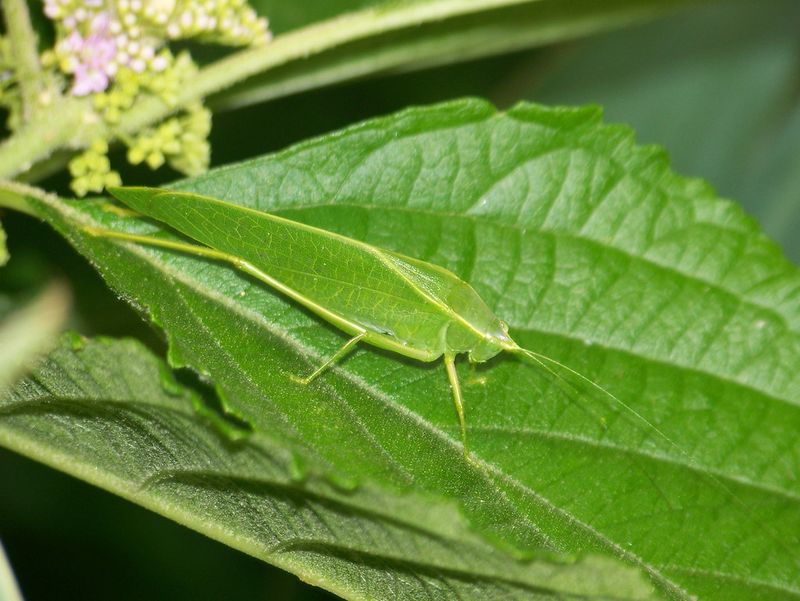
Katydids, with their leaf-mimicking wings, are masters of disguise. Their ability to blend into foliage is both a survival tactic and a visual marvel. These insects are known for their distinctive song, a rhythmic sound often heard on warm summer nights.
While their chorus can be loud, it is part of their charm, filling the air with natural music. Katydids play a role in controlling plant populations, maintaining balance in their habitats. Their subtle beauty and unique adaptations make them a fascinating subject for nature enthusiasts and casual observers alike.
Hoverfly
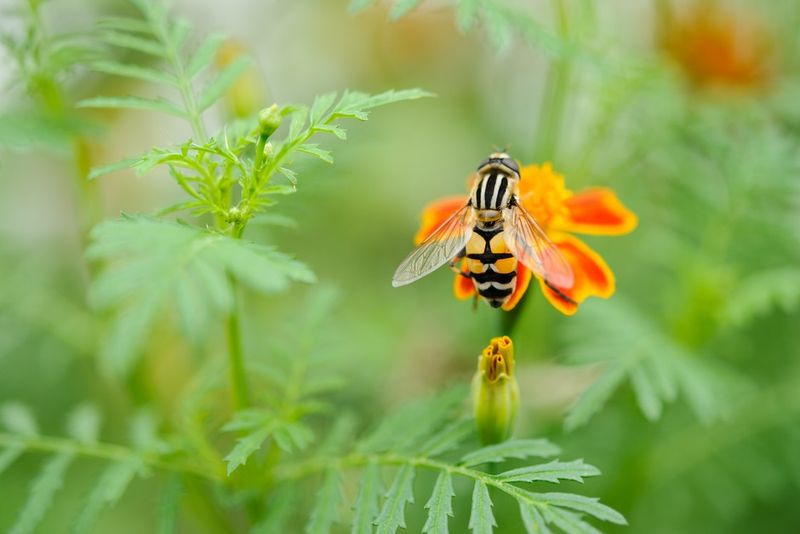
Hoverflies, often mistaken for bees, are gentle pollinators with a knack for mimicry. Their black and yellow striped bodies serve as a deterrent to predators, while their hover capabilities amaze observers.
Despite their resemblance to stinging insects, hoverflies are harmless and beneficial for gardens, pollinating plants and controlling aphid populations. Their presence is a testament to nature’s ingenuity in design and function. Watching a hoverfly in action is a reminder of the complex interactions within ecosystems, where every creature plays a vital role.
Bumblebee
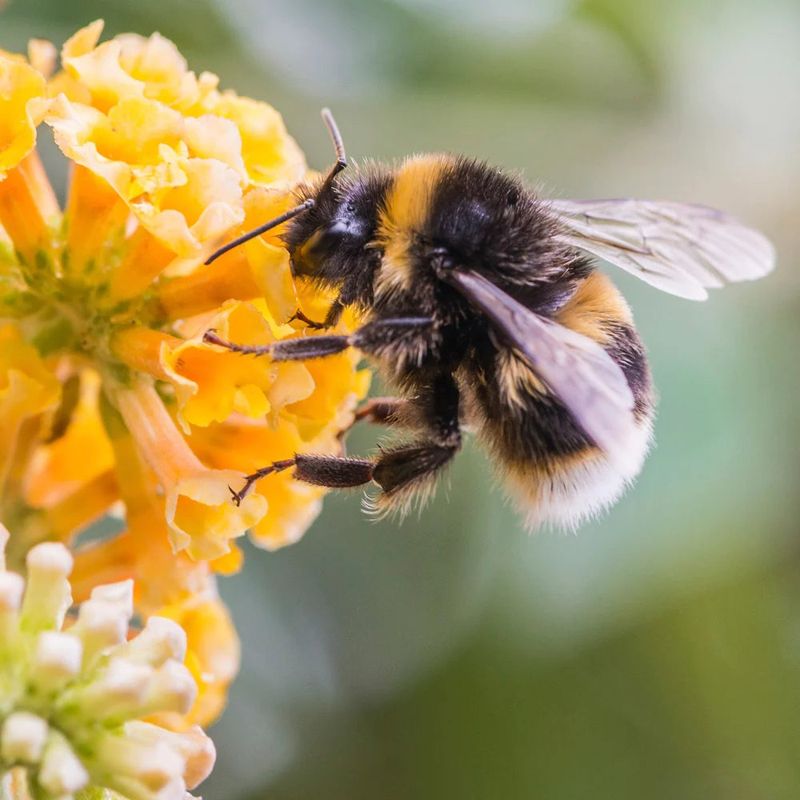
Bumblebees, with their fuzzy bodies and gentle buzz, are essential pollinators. Their robust build and industrious nature make them efficient workers in gardens and fields. Known for their ability to pollinate plants through ‘buzz pollination,’ they are vital for the production of various crops.
Despite their importance, bumblebees face threats from habitat loss and pesticides. Observing a bumblebee at work is an opportunity to appreciate the critical role these insects play in food production. Their presence in gardens is both a delight and a reminder of the need to protect our natural pollinators.

